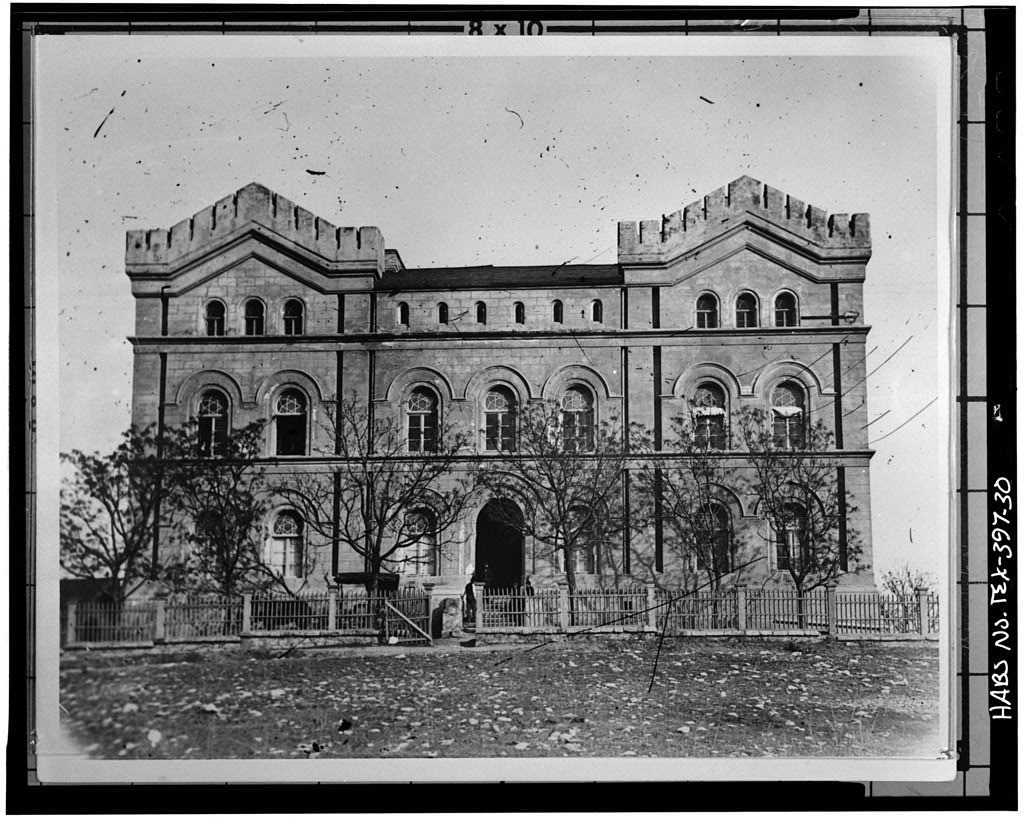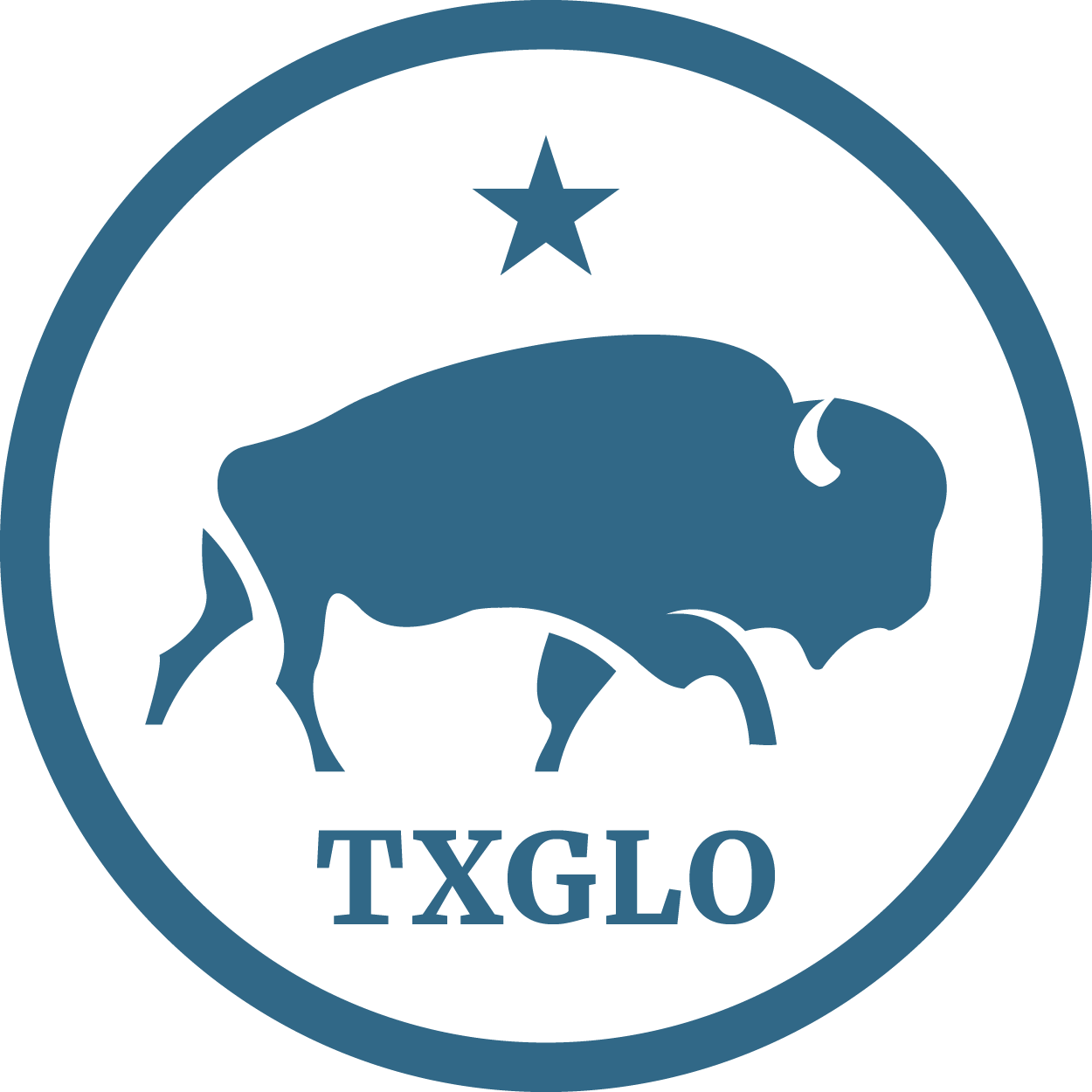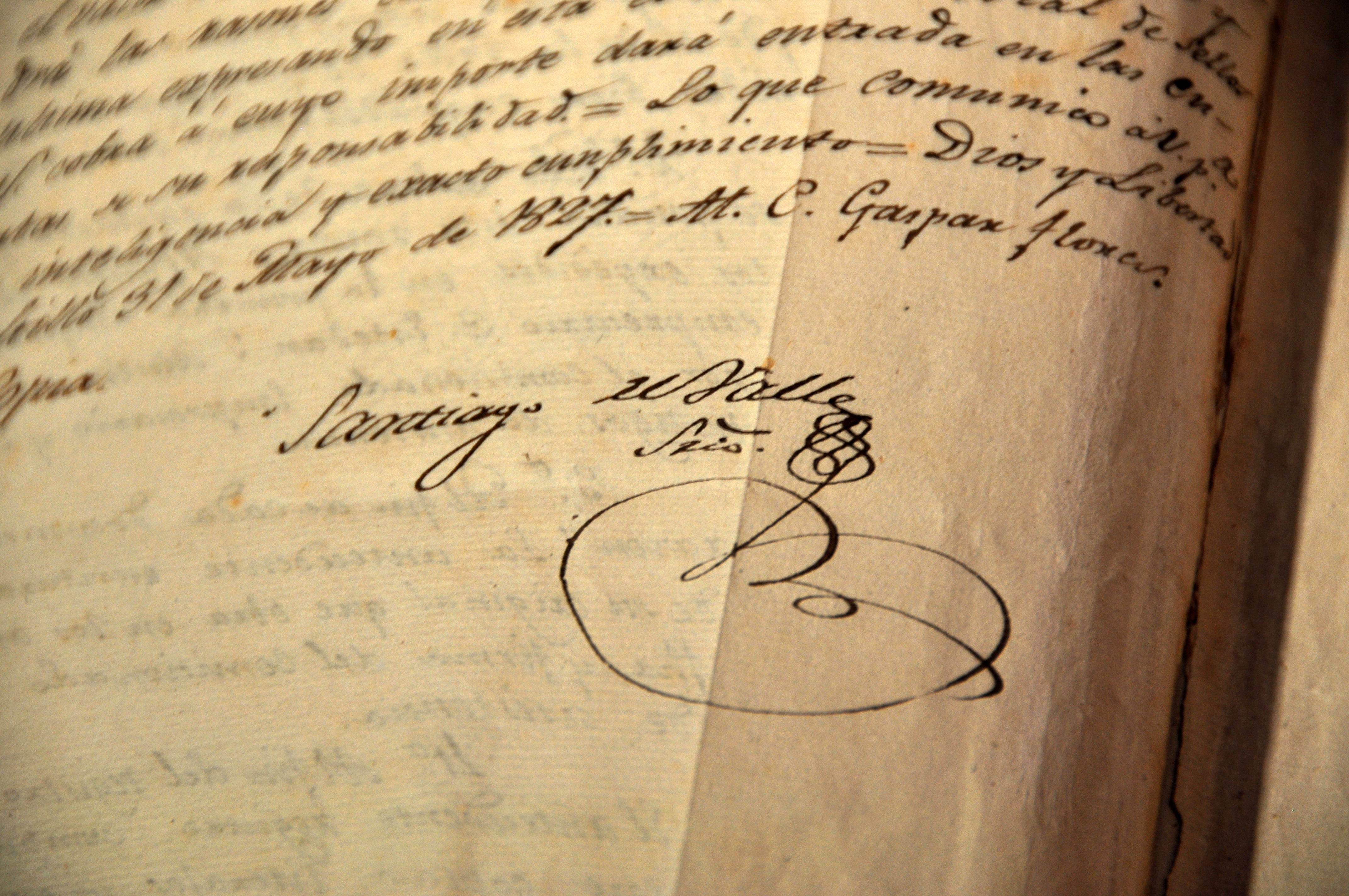
Agency Mission
The Texas General Land Office (GLO) improves the lives of every Texan by preserving our state’s history, restoring and operating the Alamo, maximizing the revenue from our state lands to help fund Texas public education, safeguarding our coast, supporting communities impacted by disasters, and providing essential services to Veterans.
1836–1846: The Days of the Republic
At the end of the Texas Revolution in 1836, the first official act of the newly formed Republic of Texas was the creation of the General Land Office (GLO). The agency was to oversee the vast, hard-won lands by keeping records, producing maps and surveys, and issuing titles. John P. Borden, the agency’s first commissioner, set out to translate and validate land grant records from the Spanish and Mexican governments that had claimed Texas lands for centuries.
People living in other states can form no conception of the vastness and importance of the work performed and the significance of the millions of records and papers composing the archives of the Texas General Land Office.
— O. Henry, “Bexar Scrip No. 2692”
Some of the earliest land titles the GLO issued to citizens of the newly formed Republic were to soldiers who fought for Texas independence. The Republic operated as a sovereign nation until its annexation into the Union on February 19, 1846.
LEARN MORE ABOUT TEXAS HISTORY
1876: Statehood and the Public School Fund
When the United States annexed Texas, the federal government refused Texas’ state land as debt payments. For this reason, the state retained complete control of its land. This granted Texas the ability to generate revenue from its state land to pay for important services.
In 1845, the Texas Constitution created the Special School Fund (predecessor of the Permanent School Fund) as a perpetual fund to support Texas public schools, and in 1854 the Texas Legislature seeded that fund with a $2 million investment. The Texas Constitution of 1876 renamed the school fund to be the Permanent School Fund (PSF), and stipulated that certain lands and all proceeds from the sale or lease of these lands were dedicated to the PSF. In the mid-20th century, the US Supreme Court ruled that Texas owned the seabed extending three leagues (10.35 miles) from its coastline. Thereafter, these coastal lands, and the royalty revenue generated from them, were added to the PSF.
Royalties from the sale and lease of these lands contribute substantial revenues to the PSF, which helps fund public education across the state. As a result of GLO’s prudent investment strategies and management of vast land and energy resources, GLO generated over $16 billion for the PSF between 2013 and 2022, and contributed nearly $3.4 billion from oil and gas revenues alone in fiscal years 2023 and 2024. As of August 31, 2024, the current value of the PSF is over $56 billion.
LEARN MORE ABOUT THE PERMANENT SCHOOL FUND
1894–1945: The Gusher Age Transforms Texas
In 1894, the city of Corsicana in Navarro County struck oil while drilling for water. The Corsicana oil field became the first economically significant oil operation in the state. According to many historians, it signaled the beginning of the Texas oil boom.
The oil boom catapulted Texas into the spotlight as a global economic force. The Spindletop oil field in Beaumont — discovered in 1901 and considered the first “gusher” of the gusher age — produced 17 million barrels of oil a year by 1902.
I’ve traveled all over the world, but I don’t think there is any place better than Texas.
— Red Adair, Famous Oil Well Firefighter
From Beaumont to the panhandle to West Texas, new oil fields continued to propel the state as a leader in the oil industry. Our oil boom played a key role in the rapid economic expansion that turned the U.S. into a global power-house. Oil production and prices stabilized by 1945, solidifying Texas’ transition to an industrial economy.
Texas remains one of the top oil-producing regions in the world. We also account for more than 40% of U.S. oil production. More importantly, every oil field on GLO-managed lands generates revenue for the PSF and continues to raise the standard of living for Texans. It also ensures the energy independence of our state and our nation.
LEARN MORE ABOUT GLO ENERGY PROGRAMS
1946: Veterans Land Board
After over 100 years of staunch support for Texas Veterans through benefits such as land grants, the GLO formally recognized its commitment to Veterans with the passage of the Veterans Land Act in 1946.
The legislation led to the creation of the Veterans Land Board (VLB) and called for $25 million in bonds to purchase land and resell it to returning WWII soldiers. By 1951, the VLB received another $75 million to expand its Veteran land sales.
Today, the VLB oversees the most extensive state-funded benefits in the country, including long-term care homes, distinguished state cemeteries, support and outreach services, and the preservation of Veterans’ stories. </paragraph>
LEARN MORE ABOUT OUR VETERANS PROGRAMS
1960: Tidelands Grow the GLO
In 1960, Texas and the GLO grew when the state successfully argued in the Supreme Court for rights to our tidelands. This was the end of a decades-long legal dispute between Texas and the federal government.
Texas has yet to learn submission to any oppression, come from what source it may.
— Sam Houston
The decision secured Texas' oil and mining rights up to 10.3 miles into the Gulf of America. This would prove to be yet another boon for Texas as new oil wells and mines in the tidelands continued to generate revenue for the PSF. </paragraph>
2011: The Alamo’s New Management
Known as the Shrine of Texas Liberty, The Alamo was entrusted to the GLO in 2011. We partner with the City of San Antonio and the Texas Historical Commission to preserve, maintain, and celebrate this historic site for generations to come.
The GLO is responsible for implementing the Alamo Plan. This comprehensive plan will (i) preserve and protect the Alamo Church and Long Barrack for another 300 years; (ii) recapture the original mission site and Alamo battlefield area; and (iii) build a new world-class Alamo Visitors Center and Museum so that future generations can experience the Alamo and remember the heroes who sacrificed everything for Texas liberty.
The GLO Today
Today, the GLO stewards 13 million acres of state land and delivers key services. We manage oil, gas, and mineral leases to generate revenue for the PSF and other programs. We help Texans rebuild when disaster strikes, make our coastal communities more resilient, make homeownership a reality for Veterans, and preserve our rich history.
Our goal is simple: Help make Texas the greatest place to live, work, and raise a family.
Contact Us
Want to learn more about the GLO or have a question about a program area? Browse our GLO Agency directory.
AGENCY DIRECTORY







